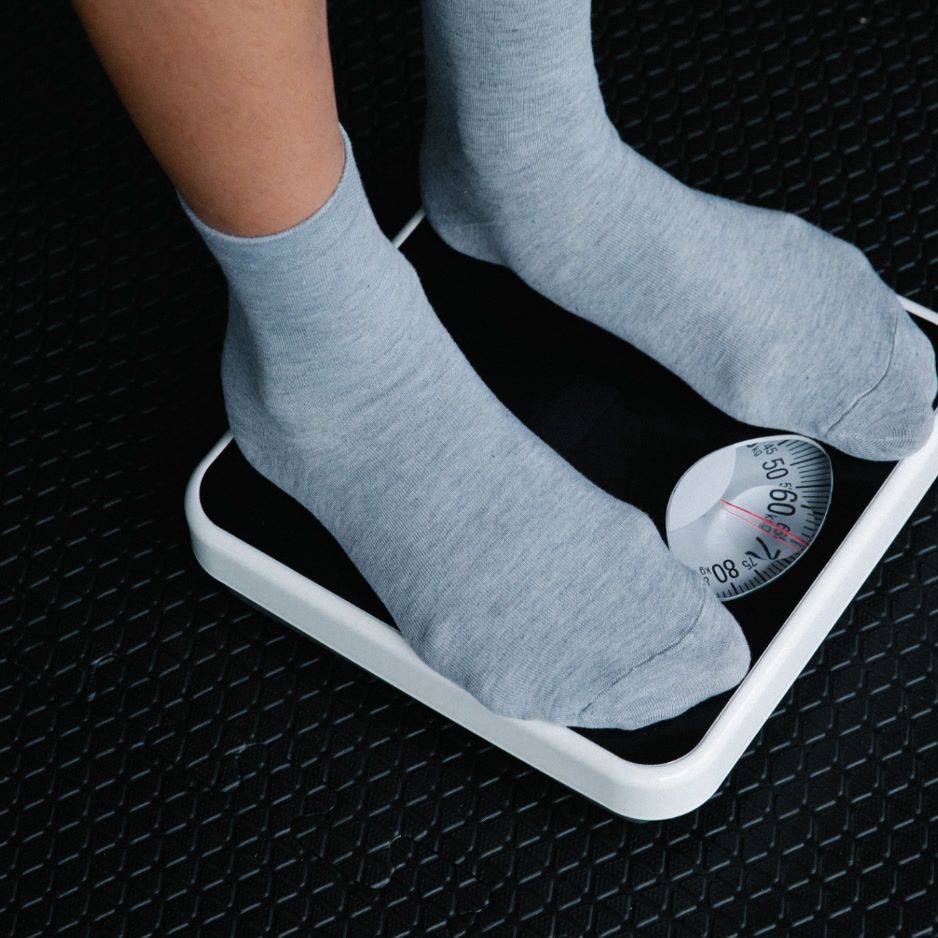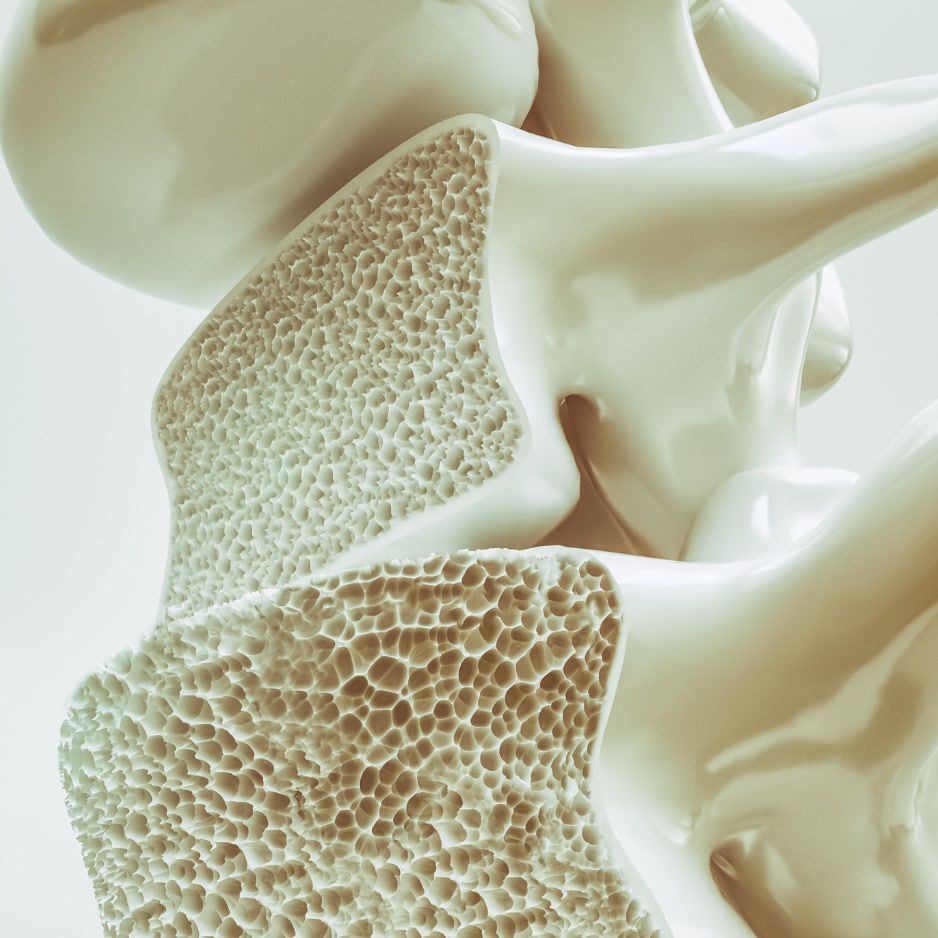Mounjaro Side Effects: Common and Serious Risks Explained
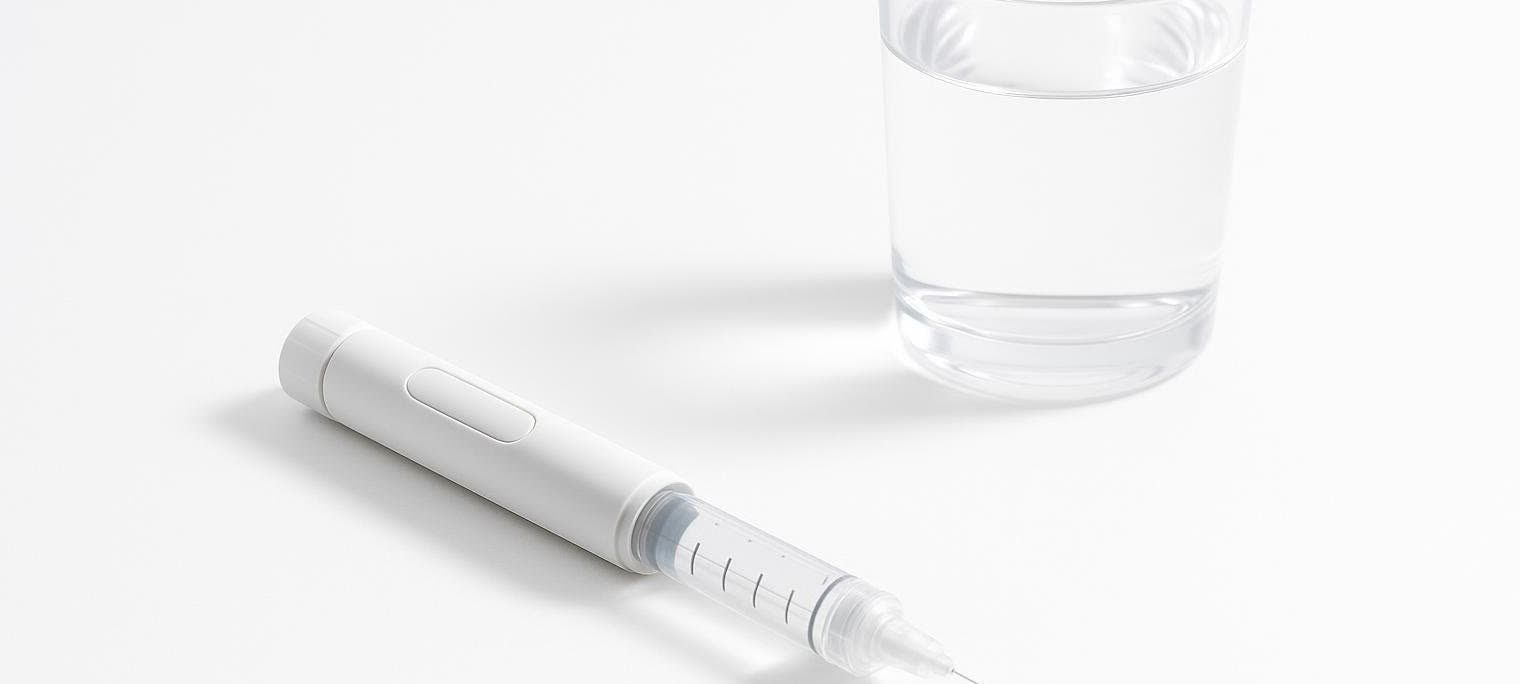
Mounjaro Side Effects: Managing Common & Serious Risks
Tirzepatide—marketed as Mounjaro (for type 2 diabetes) and Zepbound (for chronic weight management)—is a dual GLP-1/GIP receptor agonist that delivers significant reductions in A1C and body weight. Gastrointestinal symptoms such as nausea and diarrhea are the most frequently reported reactions, but they usually improve with slow dose escalation and straightforward lifestyle adjustments. Severe events like pancreatitis are rare; recognizing the warning signs allows you to seek care promptly.
What Is Tirzepatide and How Does It Work?
Tirzepatide mimics two incretin hormones—GLP-1 and GIP—to boost insulin secretion, suppress glucagon, slow gastric emptying, and promote satiety (Mayo Clinic). These mechanisms drive metabolic benefits, yet the same slowdown in digestion underlies many gastrointestinal (GI) side effects.
Side-Effect Overview: Common vs. Serious Reactions
| Frequency | Side effect | Approx. incidence* |
|---|---|---|
| Very common | Nausea | 12–18% |
| Diarrhea | 10–12% | |
| Decreased appetite | 8–10% | |
| Common | Vomiting | 5–8% |
| Constipation | 6–7% | |
| Injection-site reaction | 1–2% | |
| Rare/Serious | Pancreatitis | 0.3–0.4% |
| Gallbladder disease | 0.6% | |
| Severe hypoglycemia† | <0.5% | |
| Thyroid C-cell tumors (in rodents) | Observed in animal studies; human risk not determined |
*Incidence rates are approximate and based on FDA prescribing information and pivotal clinical trials.
†Risk rises when tirzepatide is combined with insulin or sulfonylureas.
Common Gastrointestinal Side Effects
1. Nausea & Vomiting
Tirzepatide delays gastric emptying, which can trigger queasiness—typically peaking within the first 2–4 weeks of a new dose before fading (Medical News Today).
Practical tips
• Opt for smaller, protein-forward meals.
• Use ginger (tea or lozenges) as a natural anti-nausea aid.
• Some users report that injecting in the evening helps them sleep through initial symptoms.
2. Diarrhea
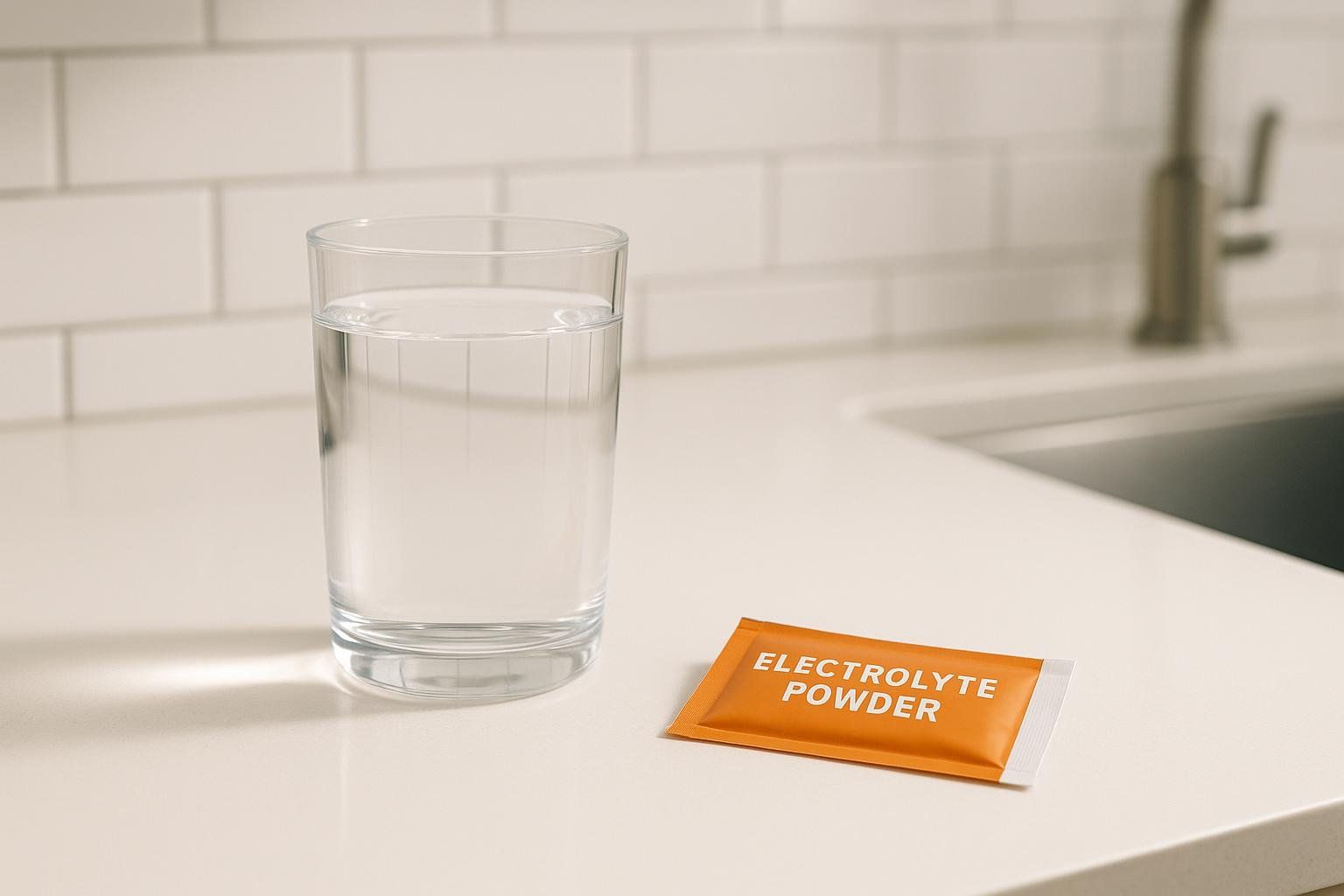
Changes in gut motility and bile-acid flow can lead to loose stools. Maintain hydration with water, broths, or electrolyte drinks to replenish lost fluids and minerals (Healthline).
3. Constipation

Paradoxically, slower gastric emptying may also reduce bowel-movement frequency. Aim for 25–30 g of fiber per day, speak with your healthcare provider about using a magnesium supplement if needed, and incorporate light walking.
4. Abdominal Pain & Indigestion
Mild bloating or cramping is common. Sharp, persistent pain—especially radiating to the back—requires immediate evaluation.
5. Appetite Loss & Taste Changes
Reduced appetite supports weight loss, but monitor protein intake to protect lean mass—particularly if you track composition with a DEXA scan.
6. Injection-Site Reactions
Mild redness, swelling, or itching can occur where the medication is injected. These reactions usually resolve within a few hours.
Management tips
• Rotate injection sites on the abdomen, thigh, or upper arm.
• Allow the medication to reach room temperature before injecting.
• Apply a cool compress afterward if irritation develops.
Timeline: When Do Side Effects Appear?
| Week on current dose | Potential progression* |
|---|---|
| Week 1 | Mild nausea; early satiety |
| Weeks 2–3 | Possible diarrhea or constipation; taste changes |
| Weeks 4–5 | Most symptoms improve as the GI tract adapts |
| After each dose increase | Brief recurrence of GI issues (lasts about 7 days) |
*Based on aggregated patient reports and clinical observations; individual experiences vary.
If symptoms persist beyond three weeks or intensify, consult your prescriber.
Red-Flag Side Effects: Rare but Serious
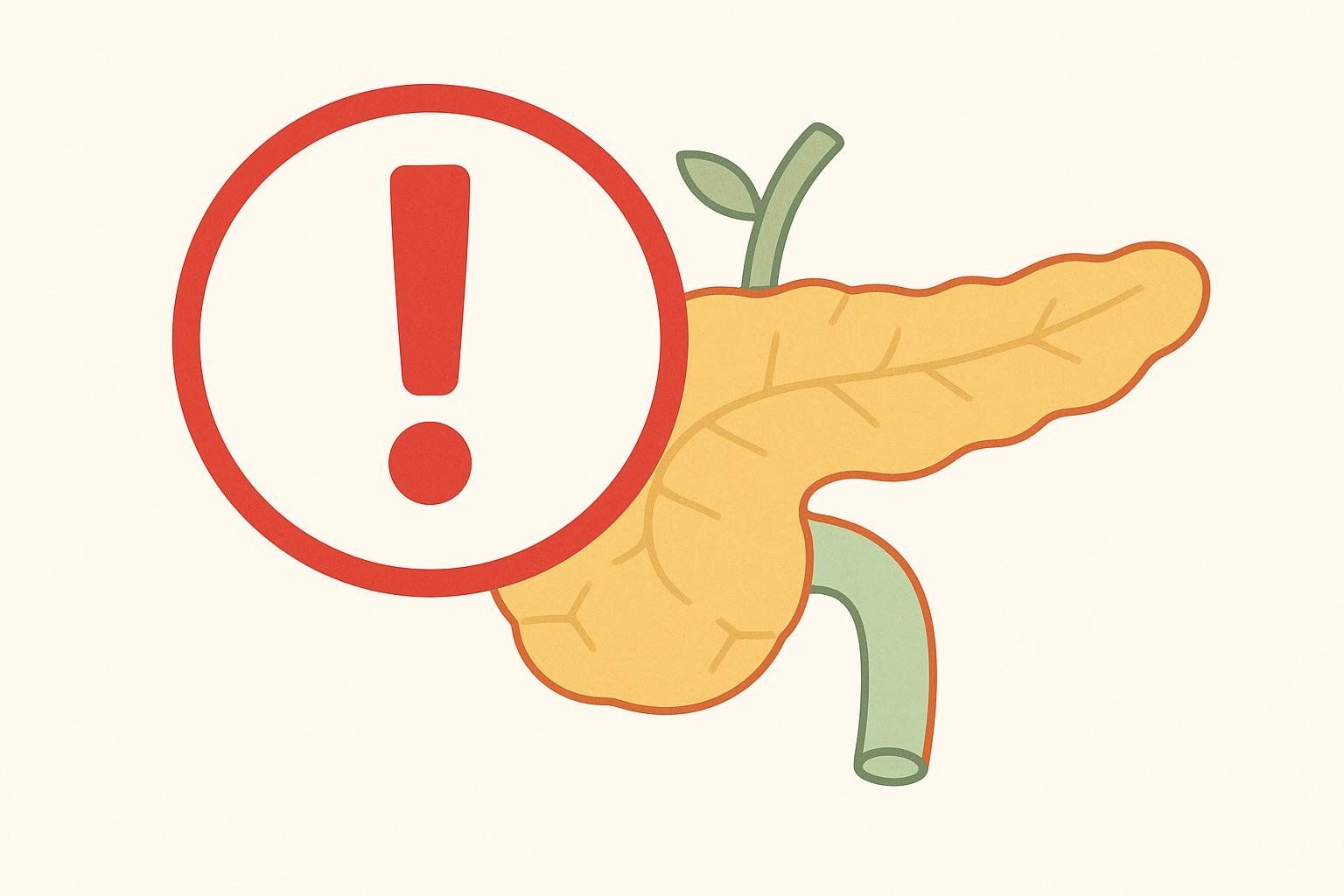
Pancreatitis
Severe upper-abdominal pain (often radiating to the back) plus nausea or vomiting. Discontinue injections and seek emergency care; untreated pancreatitis can be life-threatening (Drugs.com).
Gallbladder Disease
Rapid weight loss increases gallstone risk. Watch for right-side abdominal pain, jaundice, or dark urine.
Severe Hypoglycemia
More likely when tirzepatide is used with insulin or sulfonylureas. Keep glucose tablets available and monitor blood sugars closely.
Acute Kidney Injury
Prolonged vomiting or diarrhea can cause dehydration and kidney stress. Seek care if you notice reduced urination or swelling.
Potential Thyroid C-Cell Tumors (Black-Box Warning)
Rodent studies showed thyroid tumors at high doses; the human risk remains unclear. Avoid tirzepatide if you or a family member has medullary thyroid carcinoma or MEN 2 (FDA label).
Who Is at Higher Risk?
• History of pancreatitis or gallbladder disease
• Severe GI disorders (e.g., gastroparesis)
• Concurrent insulin or sulfonylurea therapy
• Chronic kidney disease or dehydration risk
• Personal/family history of thyroid C-cell tumors or MEN 2
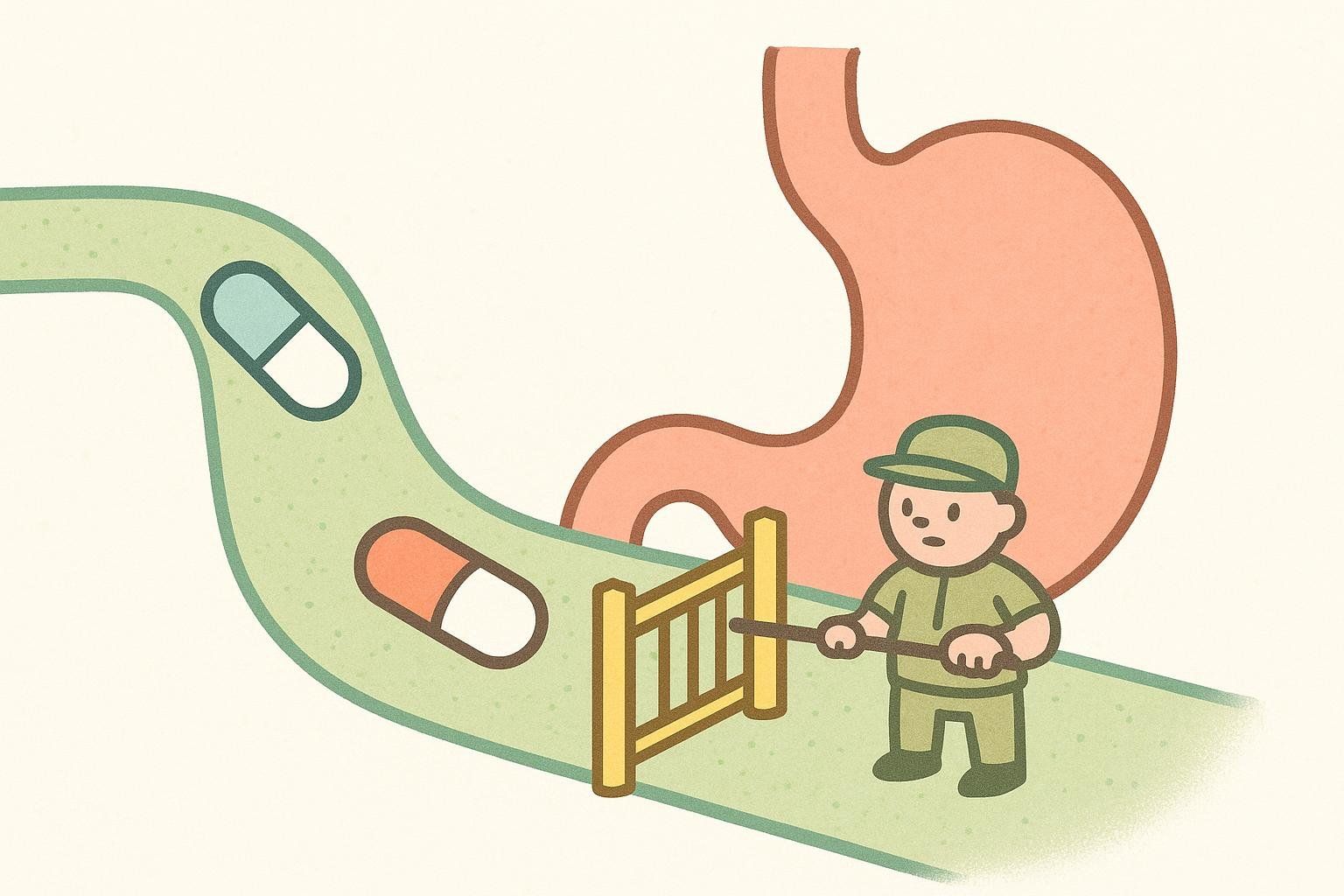
Drug Interactions and Absorption
Provide your clinician with an updated medication list; tirzepatide’s delayed gastric emptying can change how oral drugs—such as estrogen-containing contraceptives or warfarin—are absorbed.
7 Evidence-Based Strategies to Reduce Side Effects

- Start low, go slow. Follow the titration schedule (2.5 mg → 5 mg → 7.5 mg, etc.) with at least four weeks between increases.
- Prioritize hydration. Target 2–3 L of fluid daily, adding electrolytes after bouts of diarrhea or vomiting.
- Distribute meals. Five smaller meals are better tolerated than large portions.
- Protein first. Stabilizes blood sugar and preserves muscle—see how to prevent lean mass reduction.
- Eat slowly and chew thoroughly. Reduces GI workload.
- Limit high-fat foods. Greasy meals exacerbate nausea.
- Engage in light activity. Short walks aid motility and ease constipation.

Dose Titration Guide (FDA-Approved)
| Weeks on therapy | Weekly dose |
|---|---|
| 0–4 | 2.5 mg (starter) |
| 5–8 | 5 mg |
| 9–12 | 7.5 mg |
| 13–16 | 10 mg |
| 17–20 | 12.5 mg |
| 21+ | 15 mg (maximum) |
Escalate only if the current dose is well-tolerated for at least four weeks.
Side Effect Comparison: Tirzepatide vs. Semaglutide
| Medication | Most common side effect (%) | Pancreatitis risk | Gallbladder events | Black-box warning |
|---|---|---|---|---|
| Mounjaro/Zepbound (tirzepatide) | Nausea 17%, diarrhea 12% | 0.3–0.4% | 0.6% | Thyroid C-cell tumors |
| Ozempic/Wegovy (semaglutide) | Nausea 20%, diarrhea 9% | 0.5–1% | 1.0% | Thyroid C-cell tumors |
Data is compiled from FDA prescribing information and published clinical trials. Individual responses vary.
See our detailed comparison of Mounjaro vs. Ozempic to learn more.
FAQ
Does tirzepatide cause hair loss?
No controlled studies link the drug to hair loss. Rapid weight loss itself can trigger temporary shedding (telogen effluvium).
Can I consume alcohol while using tirzepatide?
Light to moderate intake is generally safe, but heavy drinking may increase pancreatitis risk.
Is tirzepatide safe during pregnancy?
It is not recommended. Discontinue at least two months before a planned pregnancy.
Will side effects return with each dose increase?
A temporary resurgence is common but usually resolves within a week.
Key Takeaways
• GI issues are the most common side effects and typically subside over time.
• Serious reactions such as pancreatitis are rare (<1%) but require immediate attention.
• Slow titration, hydration, smaller meals, and gentle exercise significantly improve tolerance.
• Always work with your healthcare provider before adjusting your dose or stopping therapy.
Ready to quantify your progress? A BodySpec DEXA scan can confirm that weight loss is coming primarily from fat, not muscle. Book a scan today and take control of your data.
For more GLP-1 insights and troubleshooting tips, read why you might not be losing weight on Mounjaro.
Disclaimer: This article is for informational purposes only and does not substitute professional medical advice.
